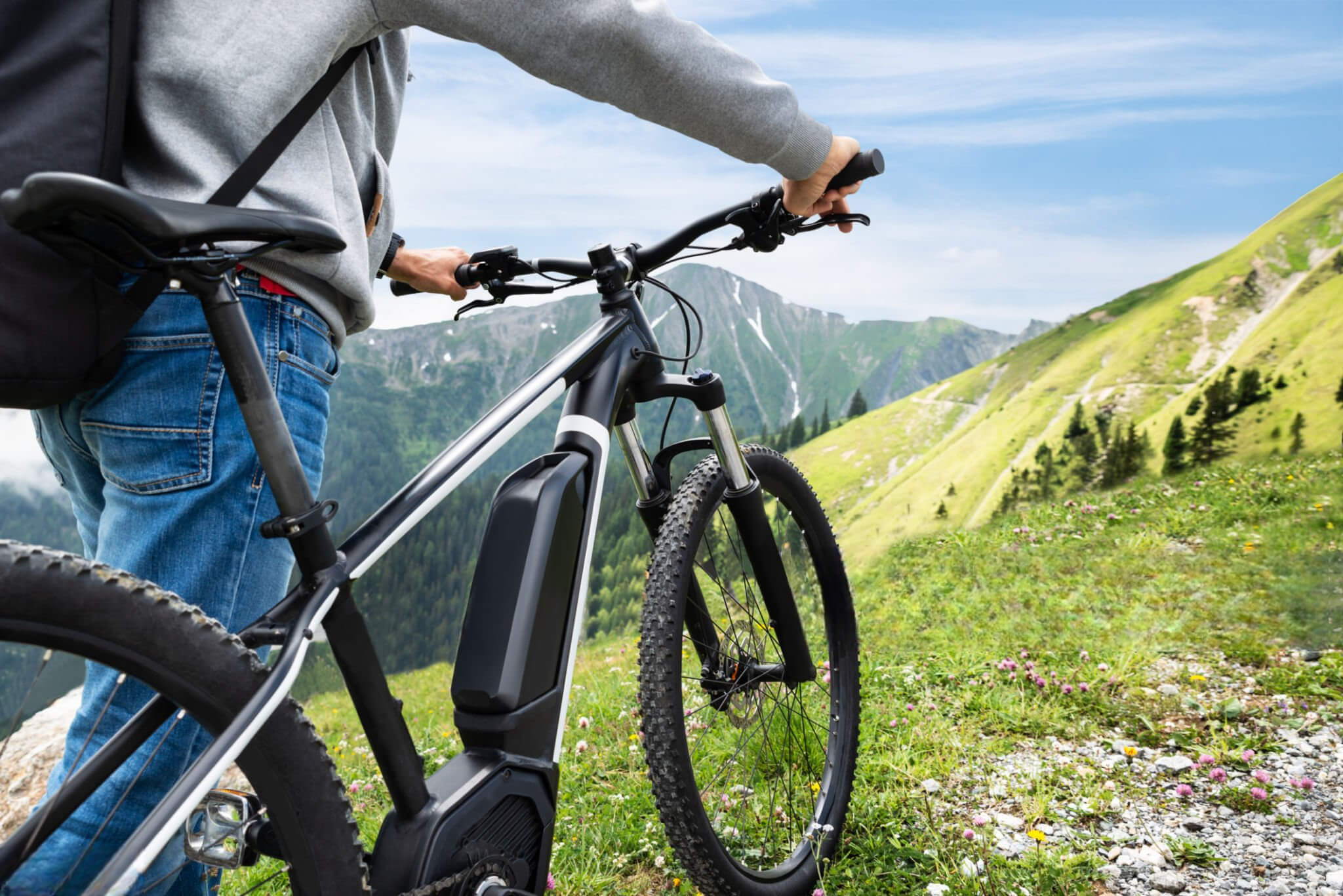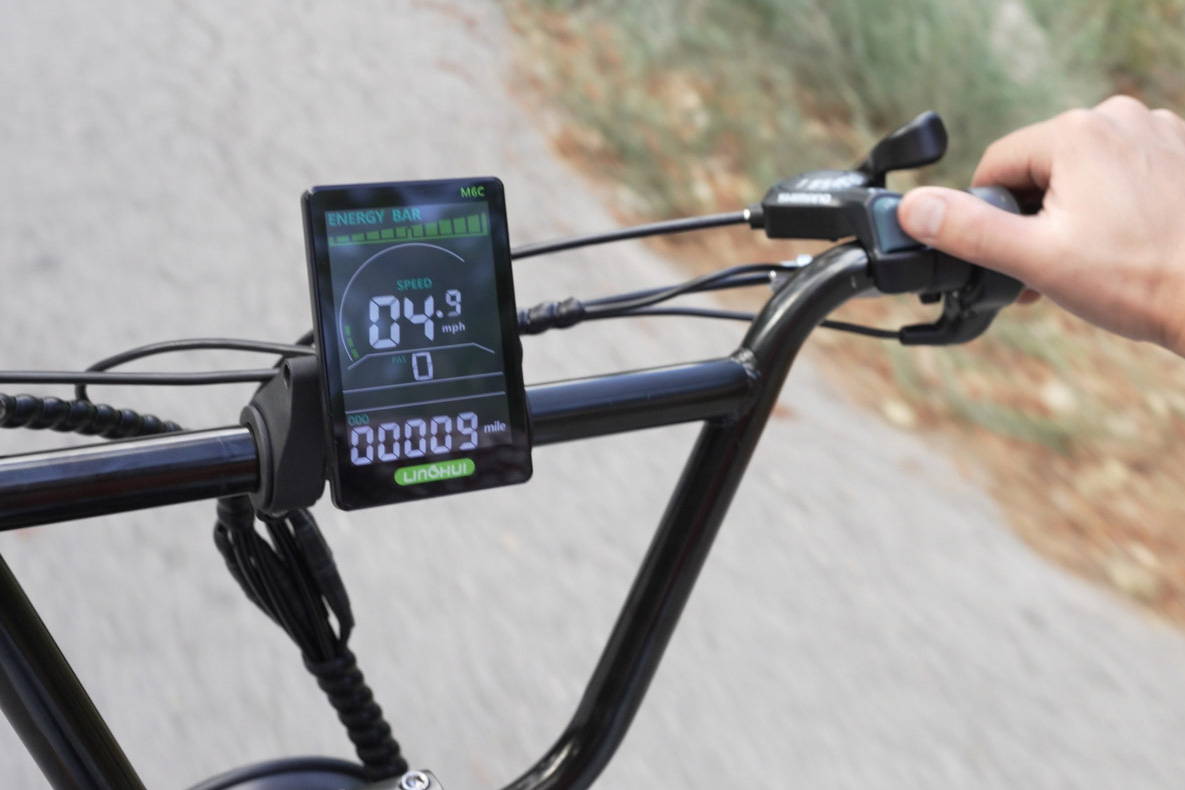
Want to take your e-bike out for a spin, but aren't sure how far you can go before the battery runs out? That's where the e-bike range calculator comes in handy. It's a simple tool that helps you figure out how far you can ride on a single charge. We'll dive into how this interesting gadget takes into account the bike's battery, riding style, and even terrain.
What is the range of an electric bike?
As we know, an e-bike range calculator is a digital tool used to estimate the distance an e-bike can travel on a full charge. There are many types of e-bikes and riders have different riding habits, environmental factors change, and calculating range can be complicated. This calculator takes into account various influencing factors and simplifies the calculation process so that you can accurately estimate the range of your e-bike.


